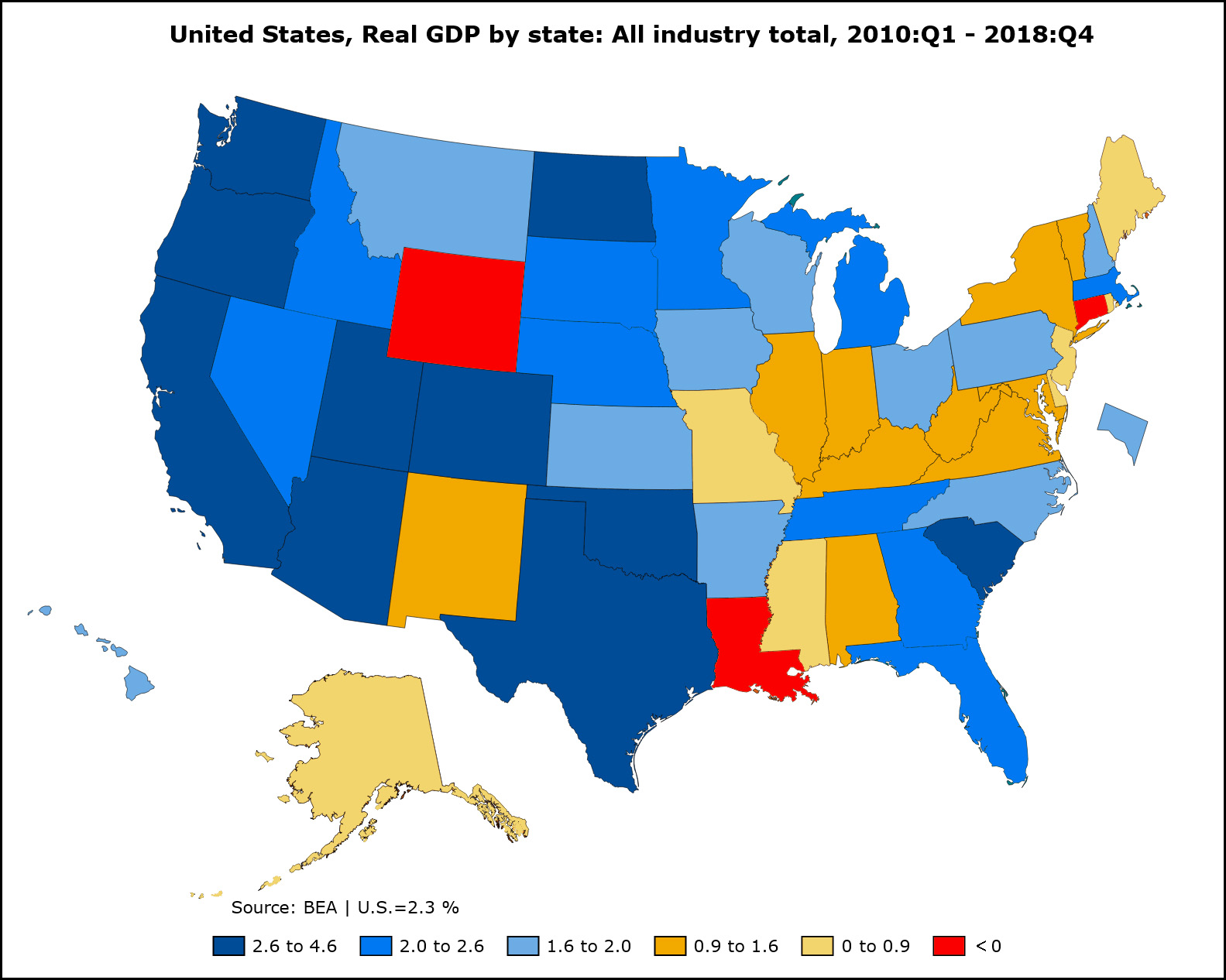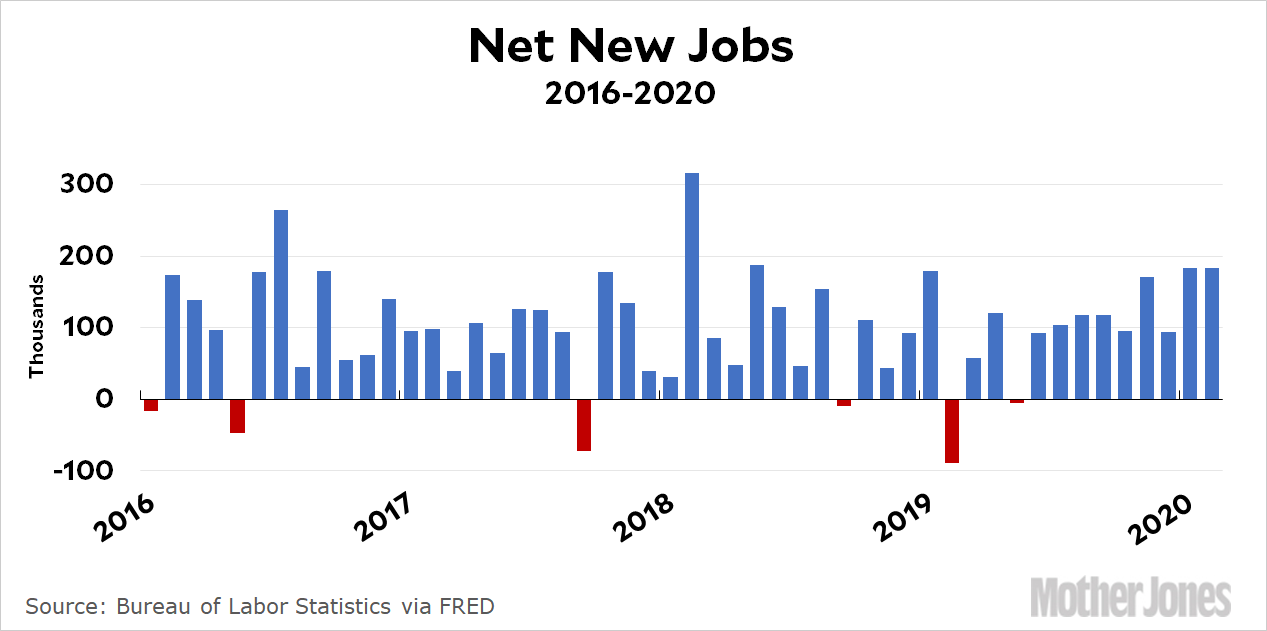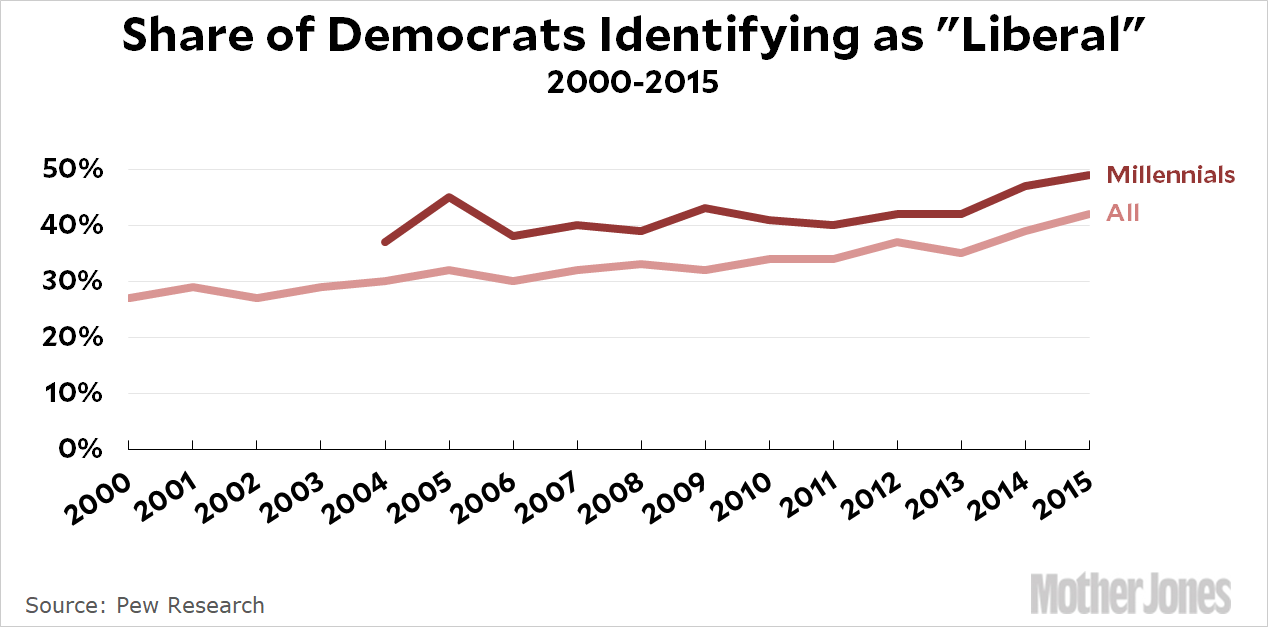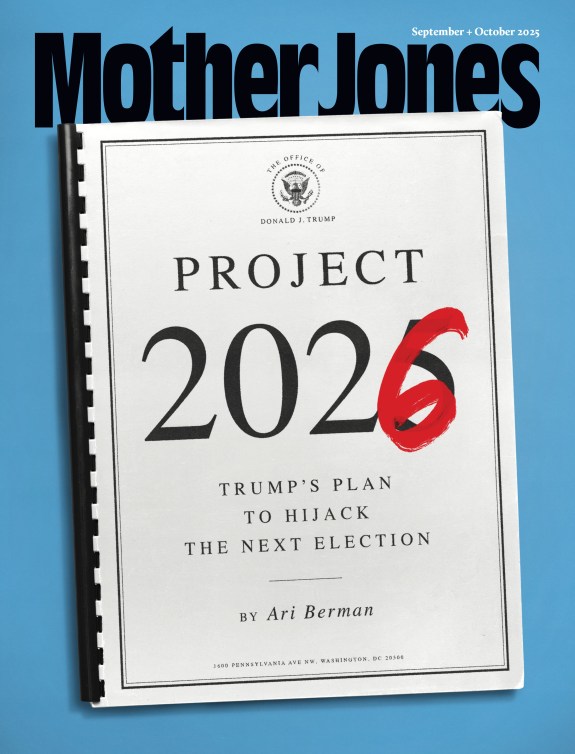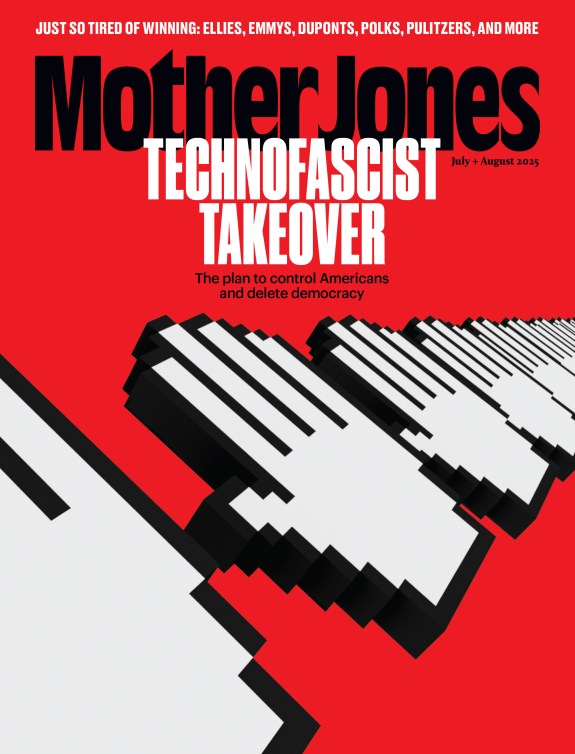
President Trump leaves the White House after a grueling day signing the coronavirus emergency funding bill sent to him by Congress.Stefani Reynolds/CNP via ZUMA
This. Is. Fucking Nuts.
“I like the numbers being where they are. I don’t need to have the numbers double because of one ship” — Trump explains that he doesn’t want to let people off the Grand Princess cruise ship because he doesn’t want the number of coronavirus cases in the country to go up pic.twitter.com/ELhZDjiZW9
— Aaron Rupar (@atrupar) March 6, 2020
Here’s the whole quote regarding the passengers trapped on the Grand Princess cruise ship off the San Francisco coast:
[My experts] would like to have the people come off. I’d rather have the people stay, but I’d go with them. I told them to make the final decision.¹ I would rather—because I like the numbers being where they are. I don’t need to have the numbers double because of one ship that wasn’t our fault.²
A minute later a reporter asks Trump about disbanding the White House pandemic response team in 2018. His answer: “I just think this is something that you can never really think is going to happen.”
This is all so, so unfunny. In just a couple of weeks, Trump has gone from being a boob, but a relatively benign one, to a boob who could end up killing a lot of people. As near as I can tell, he thinks about the rate of coronavirus infections the same way he thinks about Nielsen ratings or golf scores. The only thing that matters is whether the numbers reflect well on him or not.
Holy hell.
¹This is not Trump’s normal MO, but in this case it allows him to evade responsibility for whatever happens going forward. In his visceral way, even Trump realizes that his usual line of BS won’t affect the reality on the ground of people dying from the coronavirus. He wants as little responsibility for it as possible.
²Needless to say, the numbers “count” regardless of whether the victims are on a ship or on dry land. Trump’s idiocy truly knows no bounds.




